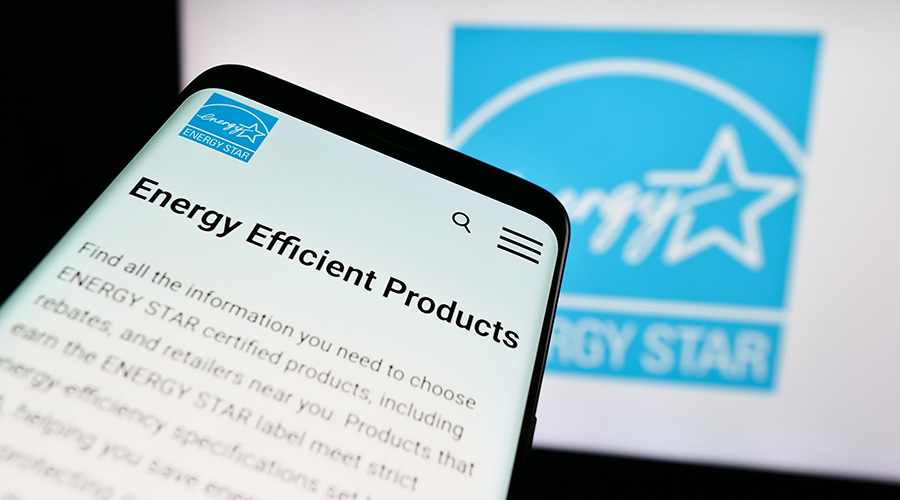 While setting and executing equipment schedules are basic functions for a BAS, that’s often where mistakes are made.Gresham Smith
While setting and executing equipment schedules are basic functions for a BAS, that’s often where mistakes are made.Gresham Smith3 Commissioning Mistakes Can Undermine Sustainability Efforts
Including commissioning on the front end of a project can save huge headaches down the road. But follow this advice to make sure to get commissioning right.
By Johnathan Woodside and Steven Metzgar
OTHER PARTS OF THIS ARTICLEPt. 1: This Page
Commissioning is a key element of a green building program. In addition to making sure building elements such as heating, cooling, air handling, water and refrigeration systems work as they should, commissioning agents also work towards improved energy usage and reduced operation and maintenance costs. While a project’s design professionals and installing contractors are ultimately responsible for the quality of the installation and testing building systems, commissioning provides a second set of eyes and ears throughout the design and construction process, catching deficiencies and resolving issues prior to building occupancy.
Commissioning isn’t a new concept. The term actually dates back to shipbuilding: A ship must pass several milestones before setting sail, and a commissioned ship is one that’s deemed ready for service. Commissioning a building requires a holistic perspective on the design process, taking a building through a series of checks and balances so that once it’s occupied, it’s smooth sailing.
Commissioning experience shows that a handful of the same mistakes happen over and over again. These mistakes can be avoided. But as project schedules continue to tighten in order to meet aggressive construction timelines, and commissioning activities are often omitted since they are performed last. The result? Tests are never completed, reports aren’t finalized, equipment doesn’t operate quite right, and owners are left holding the bag.
Mistake #1: Mechanical system not programmed properly
There’s a common misconception that small mechanical systems don’t need commissioning or that that they need less attention. However, that couldn’t be further from the truth. In fact, small systems have a quicker reaction time and the margin of error is even smaller than normal.
For example, a small air-cooled chiller serving a 50,000-square-foot building has less thermal mass, fewer terminal units, and fewer feet of piping than one servicing a larger building. Therefore small changes in load or occupancy can mean larger changes in temperature and system flow. At the end of the day, those small changes in temperature or demand add up, meaning that the entire system — chiller, pumps, valves, bypass valves, and variable-frequency drives — have to work in complete lockstep to avoid operating problems.
Mistake #2: BAS not programmed properly
Building automation systems, when installed and programmed properly, are a way to improve operational efficiency and create a healthier indoor environment. However, while setting and executing equipment schedules are basic functions for a BAS, that’s often where mistakes are made.
Controls programming involves several groups of professionals who contribute to the system’s overall operation: an engineer, a controls contractor, a testing, adjusting, and balancing (TAB) contractor, and a commissioning authority. The engineer establishes the sequence of operation, which outlines how the system is supposed to work, what sensors are needed, and what level of control and monitoring is required. The controls contractor is responsible for installing control devices and programming the controls to execute the sequence that the engineer designed. Then it’s time for the TAB contractor, who is responsible for establishing the operating points for the system, to step in. It’s at that point when mistakes often start to happen.
The importance of the TAB contractor is often overlooked, but it’s essential not to skip this step. The TAB contractor determines the correct balance points for air and water so that the system can meet the control sequence. They are also responsible for adjusting dampers, valves, pumps, air handlers, and variable-frequency drives so that they meet design requirements. The contractor documents all of their setpoints in a TAB report, which is used to program the appropriate setpoints of the system.
Once the TAB contractor has established the system’s operating points, the commissioning agent verifies the sequence, makes sure that devices are installed and operating correctly, checks that the controls system setpoints are in alignment with the TAB requirements, and, in the end, confirms that the equipment and operating system are both able to meet the design requirements.
While this collaborative sequence for installing and programming building automation systems is based on science, communication is at the center of the process. Communicate early, communicate often, and keep detailed documentation of the changes that occur at each step along the way.
Mistake #3: Equipment not installed according to design
Design is an ever-evolving process. Decisions are constantly made, changed, and updated, all of which inform the final design that is issued for construction. More often than not, each member of the project team – the owner, designers, engineers, and contractors – speaks a different language, and many of the issues encountered on projects are due to miscommunication. A commissioning agent needs to communicate effectively and speak everyone’s language, to identify potential errors and omissions early in the design process, which ultimately reduces installation issues and mitigates problems which would normally arise during startup.
Even with great communication, problems still arise. Common installation problems are easy to avoid. Designs are often issued with equipment shown in wrong locations, and sometimes, even when everything is designed correctly, it may be installed incorrectly. The commissioning process involves reviewing design documents to help identify potential design problems before they’re handed off to the contractor, as well as reviewing documents during construction to verify installation specifics. Once construction is complete, the final product must be checked against what was specified. The moral of the story? Check, check, and recheck.
While including commissioning in the design and construction process doesn’t necessarily mean all mistakes will be avoided, it does mean that mistakes will be minimized. Including commissioning on the front end of a project can save building owners headaches further down the road. By paying attention to the small systems, avoiding shortcuts, and checking and rechecking design and construction documents, commissioning can set buildings up for a smooth voyage.
Johnathan Woodside, P.E., LEED AP O+M, GBE, is a senior mechanical engineer and project manager in Gresham Smith’s building engineering market. Steven Metzgar, CxA, LEED AP BD+C, EMP is a senior commissioning authority in Gresham Smith’s building engineering market.
Related Topics:












